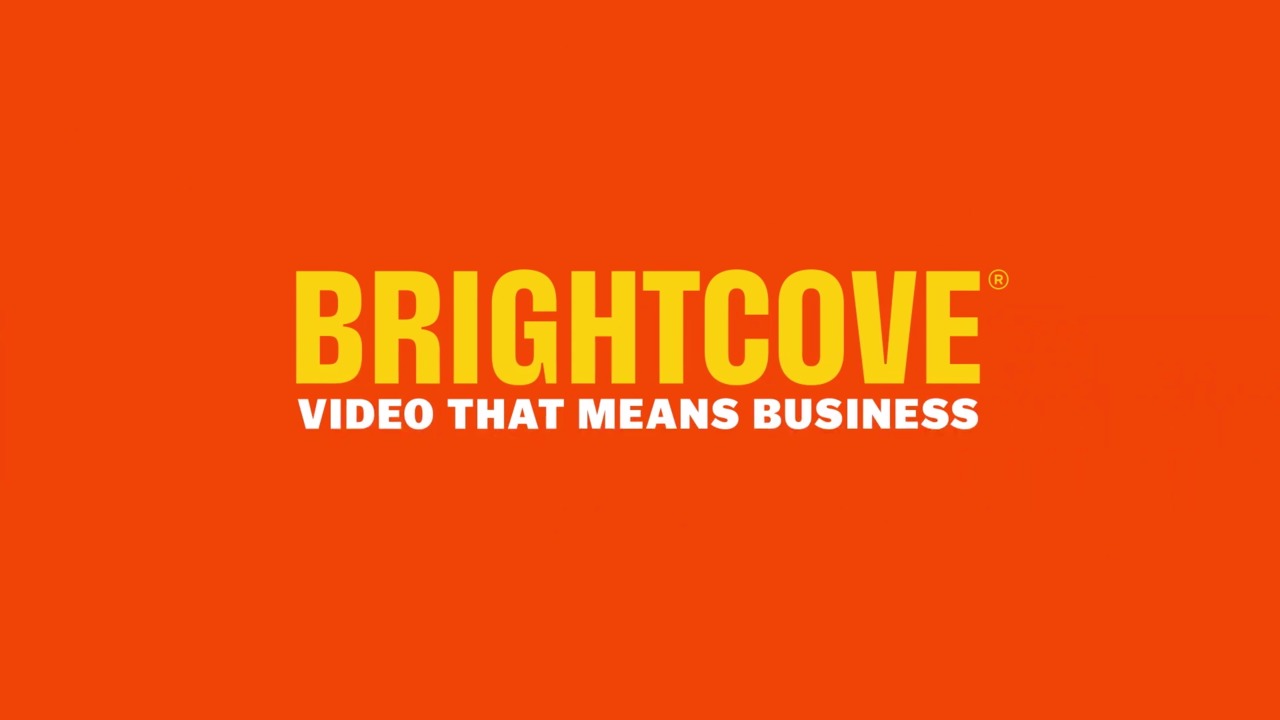During last night's very successful inaugural Brightcove London Meetup I found myself in deep conversation with one of our solution partners exploring some of the intricacies of implementing video as a medium for a website. What follows is a series of posts deep diving on some of these topics starting with one of the most powerful but much too often overlooked discovery/audit activities a publisher can do:
User Profiling
Let's be clear about this: if you're reading this you are either leveraging video as part of your business or you're thinking about adding video to your media portfolio. That means a good part of your business success will be dependent on the success of the video medium's ability to sufficiently engage your user. So it stands to reason that you'll need to know if your users are actually the type that will make this engagement profitable. And for that to happen you may need to adapt to your users and not try and have them have to adapt to you (people hate change, even if it is good for them).
This attempt at logical deduction all boils down to one statement of fact: Know Thy User
So what is important to know when it comes to using online video as a medium? Here is a first pass on 3 fundamental KPIs - please feel free to enter the debate and throw up a few in the comments section as well.
Bandwidth Spectrum Curve:
This curve plots the number of users per bandwidth speed and will look like a forward leaning Bell Curve. What's important here is the low (maybe 250Kbps) and high points (maybe 10 Mbps) and mean of the acceptable bandwidth (maybe 900Kbps) - core info needed in your Video Production workflow: what encoding rates can my user accept? what should be my highest and lowest rendition in my Dynamic Delivery set?
Locational Mapping:
Where are our viewers? What terrain do we need to cross to get this content to them? What locale and cultural considerations do we need to take? You want to start breaking things down into:
- Users by Country
- Users by Language
- Users by Location Type (Home, Office, Mobile)
These then start identifying how you need to configure your delivery (for example office workers in Germany really need content delivered via Progressive Download at a lower bitrate due to internal corporate firewalls and shorter clip length and maybe subtitles so the boss won't hear!, whereas home users in the UK can have long form content Streamed to them in High Definition and really lean back and enjoy.)
Consumption Behaviour Map:
Given a set of circumstances, in this case content being delivered by video, we all react differently. Luckily for us though most of these reactions can be bucketed into a few well defined groups. 2 base buckets are:
Those that prefer Video as the primary medium for information consumption
Those that prefer non-Video (text) as the primary medium
Each of your users will fall into one of these buckets and its important to know what that ratio is. You'll either have to spend energy on helping users adapt to the new medium (think a news organisation rolling out video) or you'll want to spend more energy on defining better viewing quality and experience (think a online video broadcast channel).
Collecting all this info can be as easy as just talking to a select subsection of your users or implementing an analytics system that can capture the data you need to form this picture. In the case of the Consumption Behaviour Map this can really be as easy as just understanding the history of your business. The key is you need to ask and answer these questions as part of the process.
Next time I'll have some thoughts on Player Positioning in a website with the aim of maximising the value curve...

